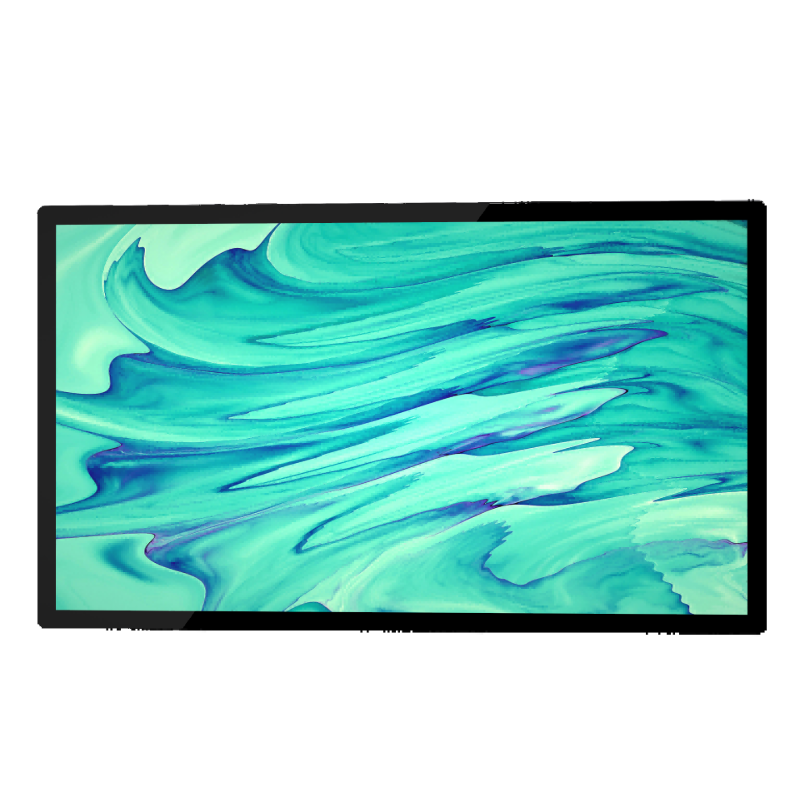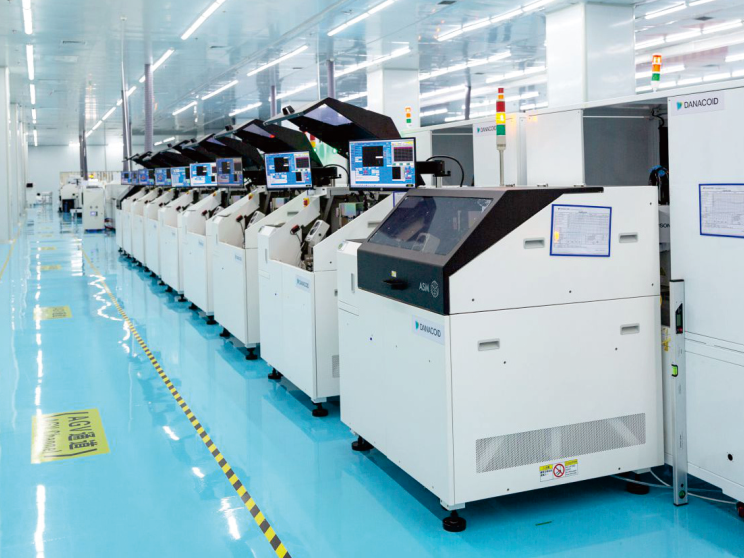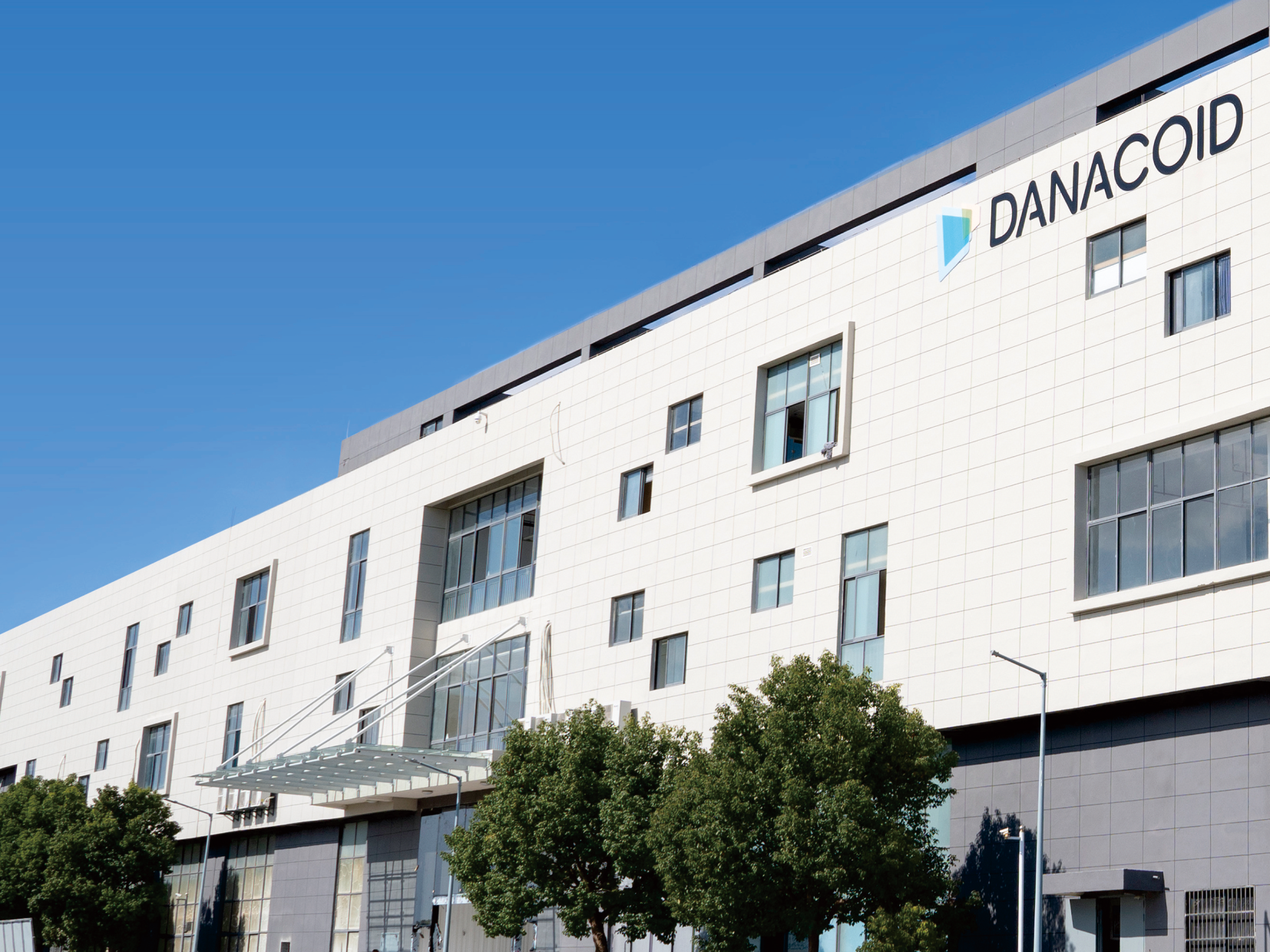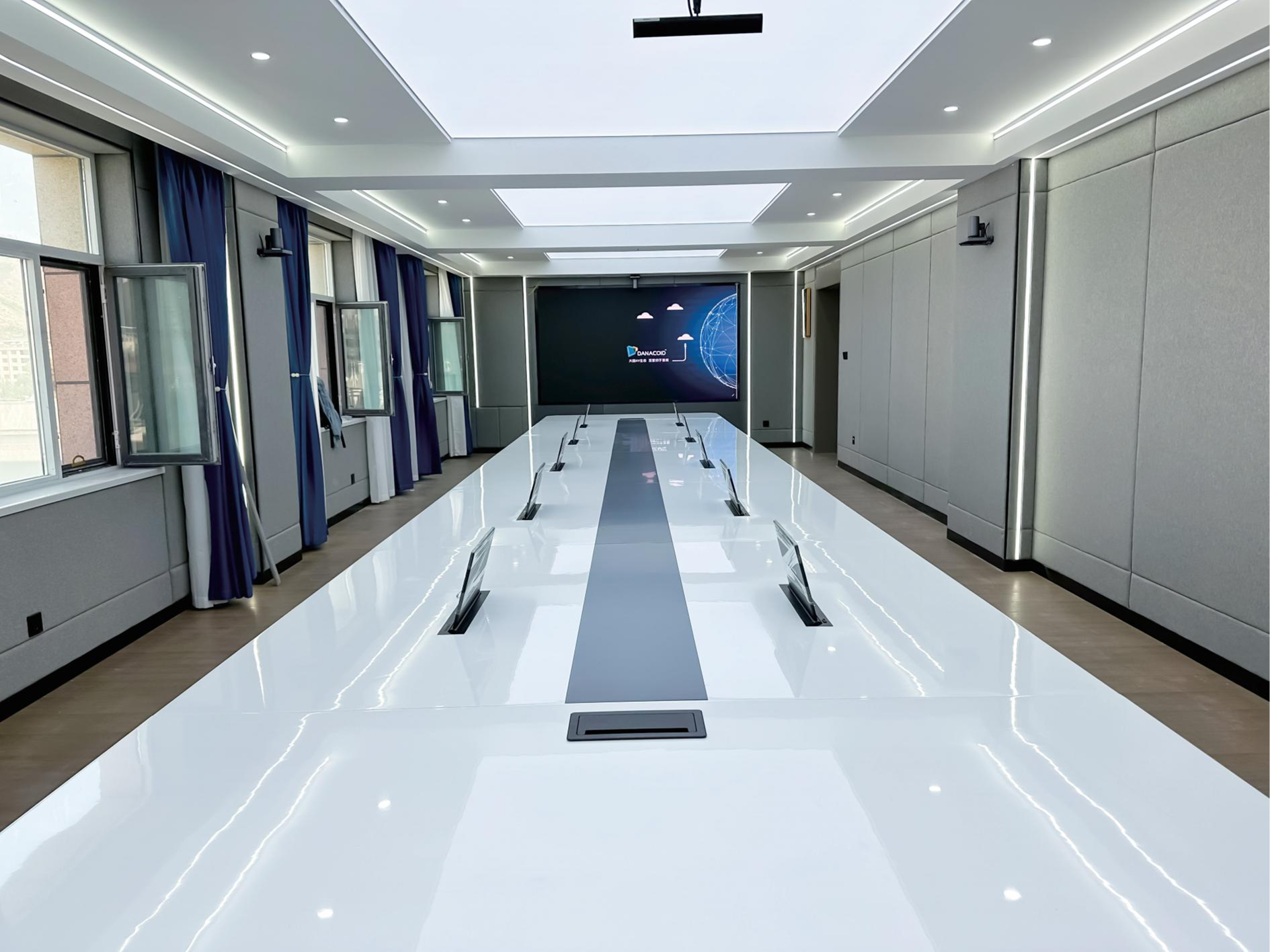Modern digital signage has revolutionized how businesses communicate with their audiences, and RGB LED screen installations represent the pinnacle of display technology advancement. These sophisticated visual systems deliver exceptional brightness, vibrant color reproduction, and remarkable longevity that traditional display methods simply cannot match. Understanding the proper installation process ensures optimal performance while maximizing your investment in cutting-edge display technology.

Professional installation requires careful planning, appropriate tools, and thorough understanding of electrical requirements. The complexity varies significantly depending on screen size, mounting location, and environmental factors that influence long-term performance. Success depends on methodical preparation and attention to technical specifications throughout each installation phase.
Pre-Installation Planning and Site Assessment
Location Analysis and Environmental Considerations
Effective RGB LED screen placement begins with comprehensive site evaluation that considers viewing angles, ambient lighting conditions, and structural support requirements. Environmental factors including temperature fluctuations, humidity levels, and exposure to direct sunlight significantly impact screen performance and lifespan. Indoor installations typically offer more controlled conditions, while outdoor applications require enhanced weatherproofing and thermal management solutions.
Structural integrity assessment ensures adequate support for screen weight and wind load calculations. Professional engineers should evaluate mounting surfaces, especially for larger displays exceeding standard weight limits. Consider accessibility for maintenance procedures, cable routing paths, and ventilation requirements that prevent overheating during extended operation periods.
Power Requirements and Electrical Infrastructure
Calculating power consumption accurately prevents electrical system overload while ensuring reliable operation under varying display content conditions. RGB LED screen power requirements fluctuate based on brightness settings, color saturation levels, and active pixel percentages during different content presentations. Peak power consumption typically occurs during high-brightness white content display, requiring electrical systems capable of handling maximum load conditions.
Dedicated electrical circuits with appropriate amperage ratings eliminate interference from other building systems while providing stable power delivery. Ground fault circuit interrupter protection ensures safety compliance, particularly for outdoor installations exposed to moisture conditions. Professional electricians should verify circuit capacity and install necessary protective devices before proceeding with screen installation procedures.
Essential Tools and Equipment Preparation
Hardware Components and Mounting Systems
Quality mounting hardware directly impacts installation success and long-term stability of your display system. Mounting brackets must exceed manufacturer weight specifications by significant safety margins, accounting for dynamic loads from wind, vibration, and thermal expansion cycles. Stainless steel fasteners resist corrosion while maintaining structural integrity throughout extended outdoor exposure periods.
Screen modules typically connect through precision alignment systems that ensure seamless image continuity across panel boundaries. Mounting rails provide accurate positioning while facilitating easy module replacement during maintenance procedures. Professional installation kits include specialized tools designed specifically for efficient assembly without damaging sensitive electronic components.
Cable Management and Signal Distribution
High-quality cables ensure reliable signal transmission while minimizing electromagnetic interference that degrades image quality. Data cables require specific impedance characteristics and shielding properties that maintain signal integrity over extended distances. Power cables must handle continuous current loads with adequate safety margins preventing overheating during peak operation conditions.
Cable routing plans protect connections from physical damage while maintaining accessibility for future maintenance requirements. Conduit systems provide mechanical protection and organize cable runs for professional appearances. Waterproof connectors prevent moisture intrusion that causes system failures and safety hazards in outdoor applications.
Step-by-Step Installation Process
Mounting Structure Installation
Begin installation by securing mounting structures according to manufacturer specifications and local building codes. Verify all mounting points using precision leveling equipment to ensure perfect alignment across the entire display area. Structural mounting requires torque specifications that provide adequate clamping force without over-stressing connection points or damaging mounting surfaces.
Installation sequences should progress systematically to maintain accuracy throughout the assembly process. Starting from reference corners ensures consistent alignment as additional modules are installed. Regular measurement verification prevents cumulative errors that become difficult to correct after multiple modules are positioned and secured.
Screen Module Assembly and Alignment
Individual screen modules require careful handling to prevent damage to delicate LED arrays and electronic components. Alignment systems built into professional RGB LED screen products facilitate precise positioning that eliminates visible seams between adjacent panels. Module installation progresses systematically to maintain consistent spacing and perfect geometric alignment across the entire display surface.
Connection procedures follow specific sequences that establish proper communication protocols between screen modules and control systems. Data signal chains require systematic testing to verify proper signal flow before proceeding to subsequent installation stages. Module securing methods must provide adequate retention force while allowing controlled removal for future maintenance procedures.
Electrical Connections and System Integration
Power Distribution and Safety Protocols
Power distribution systems require systematic connection procedures that establish reliable electrical supply to all screen modules. Circuit protection devices must be properly sized and positioned to provide selective coordination that isolates faults without affecting entire system operation. Grounding systems ensure electrical safety while minimizing electromagnetic interference that affects image quality and system reliability.
Safety protocols during electrical connection procedures protect personnel and equipment from injury and damage. Lockout procedures ensure electrical systems remain de-energized during installation activities. Proper personal protective equipment and testing procedures verify safe working conditions before personnel contact electrical components or connections.
Signal Processing and Control System Setup
Control systems coordinate individual screen modules to create seamless large-format displays with exceptional image quality. Signal processing equipment requires proper configuration to match screen specifications including resolution, refresh rates, and color calibration parameters. Network connectivity enables remote monitoring and control capabilities that simplify system operation and maintenance procedures.
Calibration procedures ensure uniform brightness and color reproduction across all screen modules. Professional calibration equipment measures individual module characteristics and applies corrections that eliminate visible differences between adjacent panels. Regular calibration maintenance preserves image quality throughout the system operational lifetime.
Testing Procedures and Quality Verification
System Performance Validation
Comprehensive testing procedures verify proper operation of all system components before final acceptance and warranty activation. Test patterns reveal alignment issues, color uniformity problems, and dead pixel conditions that require correction before system delivery. Performance testing under various content types ensures reliable operation across the full range of expected operating conditions.
Environmental testing validates proper operation under extreme temperature conditions and varying humidity levels. Thermal imaging identifies hot spots that indicate inadequate ventilation or component stress conditions. Long-term burn-in testing reveals intermittent failures and stability issues that might not appear during brief initial testing procedures.
Documentation and Maintenance Planning
Complete installation documentation includes electrical schematics, mechanical drawings, and component specifications that facilitate future maintenance activities. Service manuals provide troubleshooting procedures and replacement part information that minimize system downtime during maintenance events. Training documentation ensures operators understand proper system operation and basic maintenance procedures.
Maintenance schedules preserve optimal system performance throughout the operational lifetime while maximizing return on investment. Preventive maintenance procedures include cleaning protocols, connection inspection, and performance monitoring that identify potential issues before they cause system failures. Spare parts inventory recommendations ensure rapid repair capabilities that minimize operational disruptions.
FAQ
What is the typical lifespan of a properly installed RGB LED screen
Professional-grade RGB LED screen systems typically provide 100,000 hours of operational life when properly installed and maintained, translating to approximately 10-15 years of continuous operation. Lifespan depends on operating conditions including ambient temperature, humidity levels, and daily usage patterns. Regular maintenance and proper ventilation significantly extend operational life while preserving image quality throughout the service period.
How much power does an RGB LED screen consume during normal operation
Power consumption varies significantly based on screen size, brightness settings, and displayed content characteristics. Typical consumption ranges from 150-800 watts per square meter depending on brightness levels and color saturation requirements. Energy-efficient designs and automatic brightness control systems reduce operational costs while maintaining excellent image quality under varying ambient lighting conditions.
What maintenance procedures are required to ensure optimal screen performance
Regular maintenance includes surface cleaning, connection inspection, and performance monitoring to preserve optimal image quality. Monthly cleaning removes dust accumulation that reduces brightness and creates hot spots leading to premature component failure. Annual professional inspection identifies potential issues including loose connections, component degradation, and calibration drift that affect system performance.
Can RGB LED screens operate reliably in outdoor environments
Modern RGB LED screen designs include weatherproofing features and environmental protection systems that enable reliable outdoor operation. IP65 or higher ingress protection ratings prevent moisture and dust intrusion that causes system failures. Temperature management systems maintain proper operating conditions while UV-resistant materials prevent degradation from prolonged sun exposure in demanding outdoor applications.









